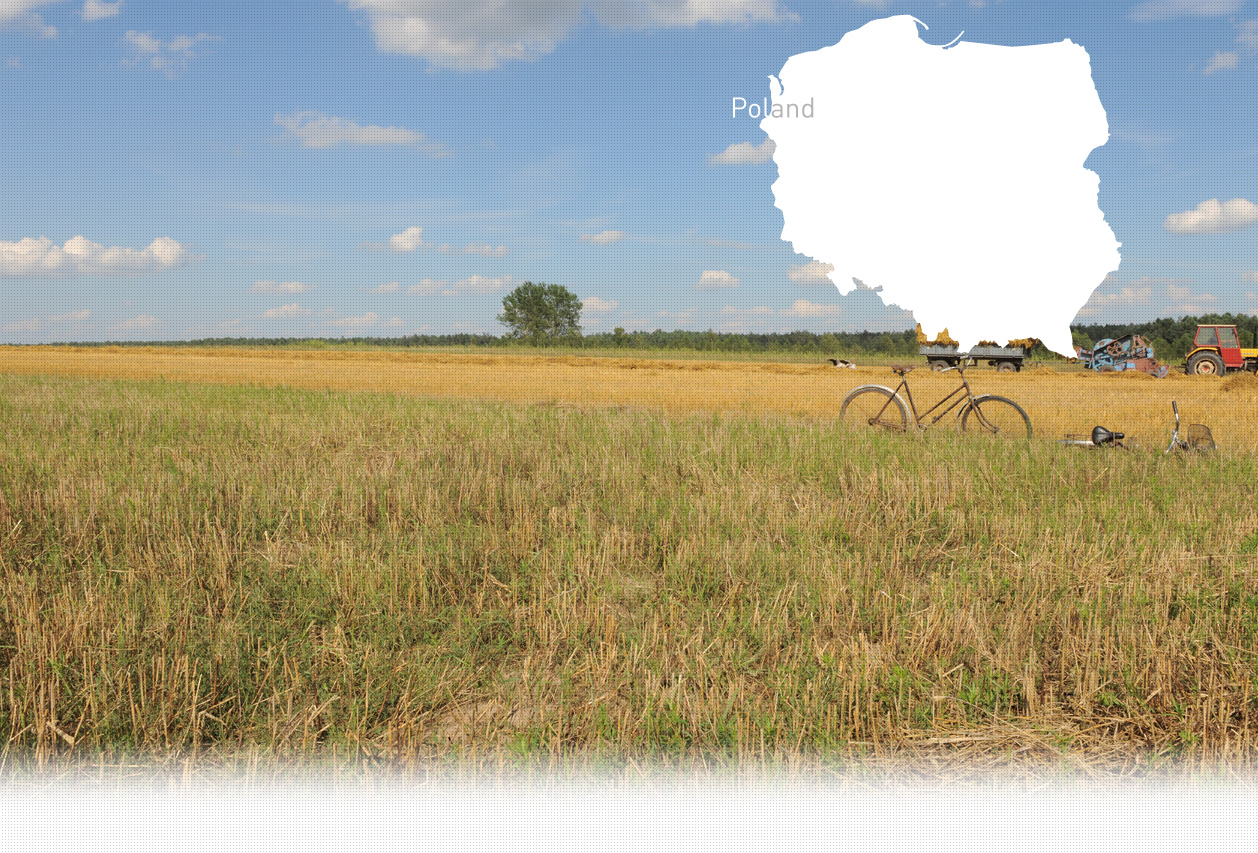

4 Killing site(s)
Jan M. recalls: "The barracks were fenced by barbed wire. Four or five watchtowers were built too.During the night people were inside. The Germans brought forward some specialists from our population, some Polish people to construct all this, to build the fence. was no light, it did not exist in this period. They just watched the camp from the watchtowers in the night. They were not here during the day.
Y. U.: Was there any entry to the camp?
Jan M.: Yes, there was a gate and there was a Jewish man in this gate.
Y. U.: Where was situated this gate?
Jan M.: It was there, on the side of the street, where you entered here." (Witness N°31, interviewed in Luta, on August 03, 2010)
"The Luta camp was established in 1941. It occupied a territory of about 1.5 hectares and was fenced in with barbed wire. There were also watchtowers at each corner. There were no buildings for the prisoners. There were Jews of Polish, German, Czech, Romanian and Hungarian origins. Normally, there were about 1,000 people in the camp, including children. The prisoners’ ages varied, from 2 for children and up to 50 years old for the adults. On average, about 500 people were murdered inside and outside of camp territory. The bodies were buried in the forest or on the territory of the camp." [Deposition of Jan M., born in 1927, made in 1967; IPN, Lu-284/446, vol.1]
A small town situated a few miles outside Sobibor. Luta is a village in the administrative district of Gmina Włodawa, within Włodawa County, in eastern Poland, close to the border with Belarus. The town was occupied by Germans in the spring of 1940.
Luta was a forced labor camp for Jews that operated between 1940 and 1942.
Do you have additional information regarding a village that you would like to share with Yahad ?
Please contact us at contact@yahadinunum.org
or by calling Yahad – In Unum at +33 (0) 1 53 20 13 17